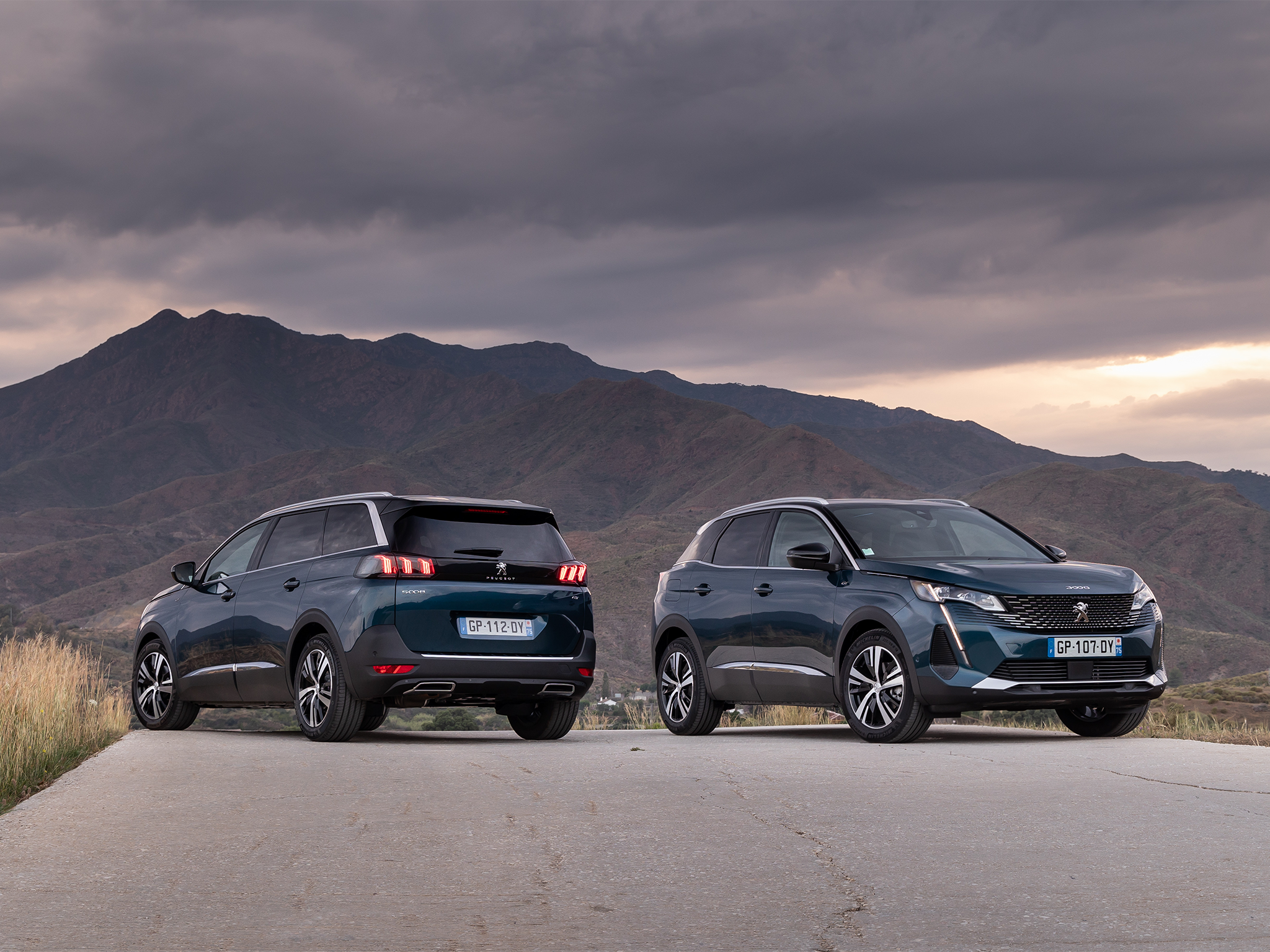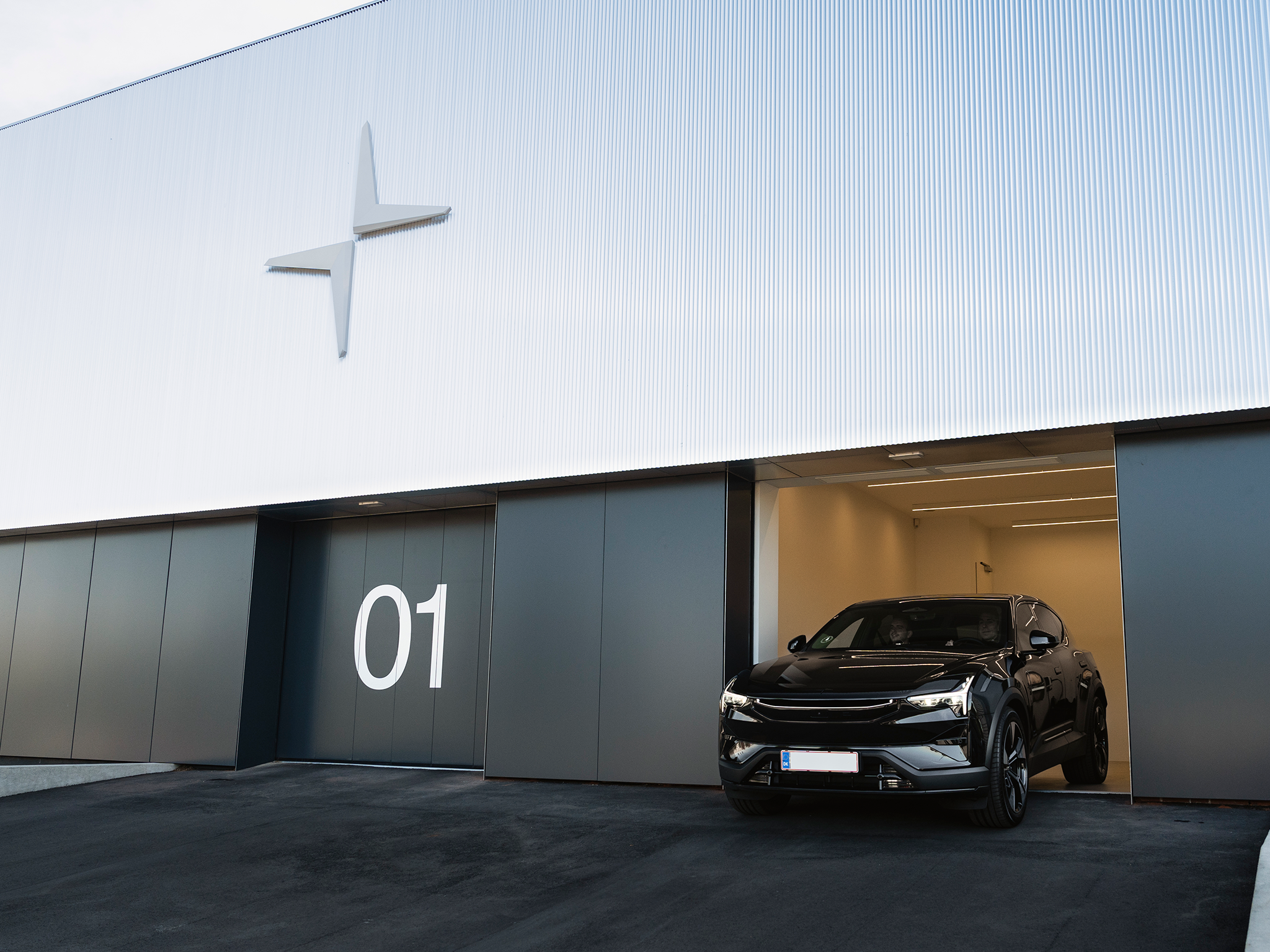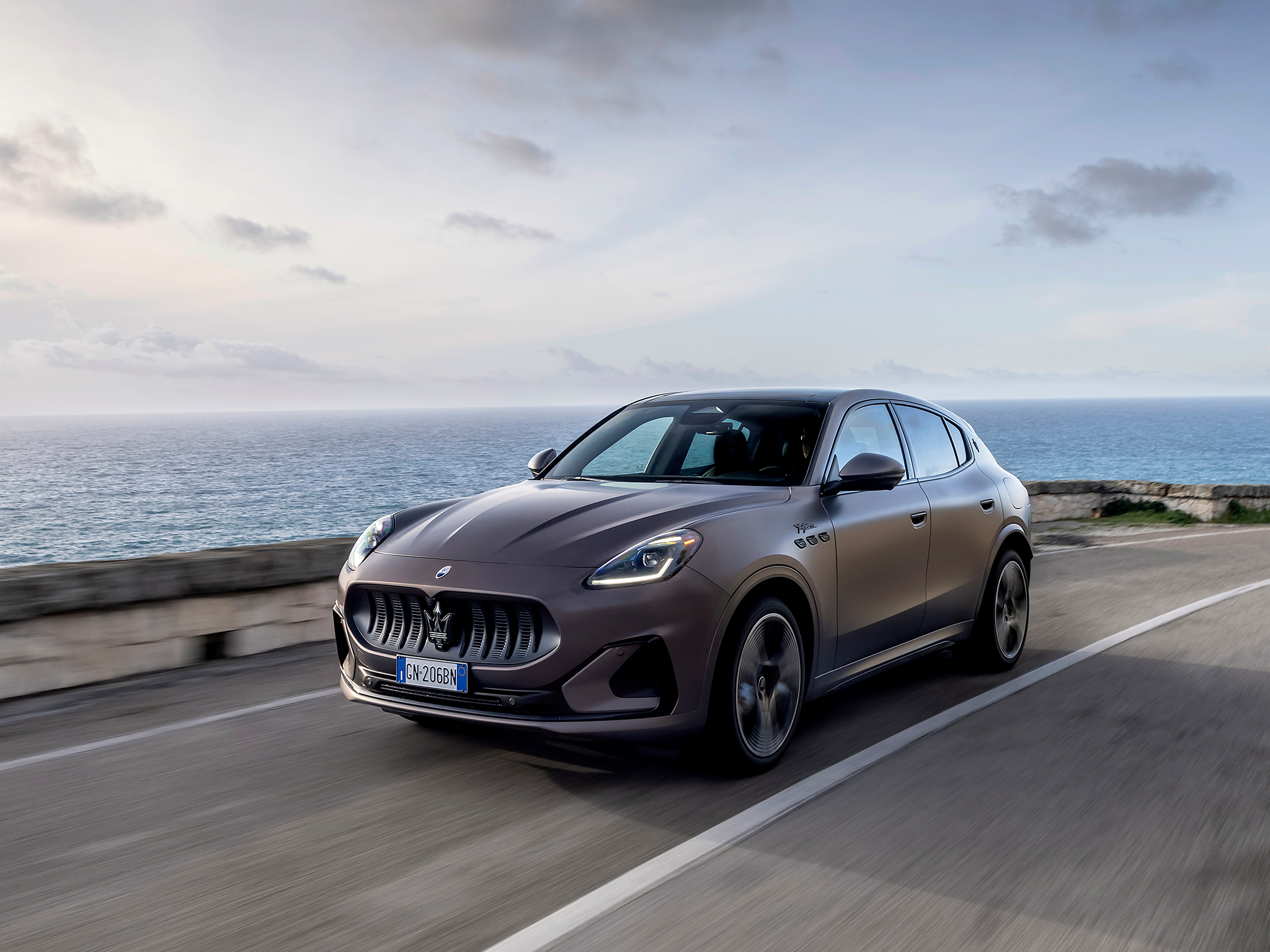The role of government in the electric vehicle revolution – what is Norway doing right?
Whether it’s through generous tax breaks or zero-emission mandates, government incentives are driving the transition to electric vehicles. Steve Fowler speaks to industry experts about which countries are getting it right, and what more the UK can do to support the EV revolution


Your support helps us to tell the story
From reproductive rights to climate change to Big Tech, The Independent is on the ground when the story is developing. Whether it's investigating the financials of Elon Musk's pro-Trump PAC or producing our latest documentary, 'The A Word', which shines a light on the American women fighting for reproductive rights, we know how important it is to parse out the facts from the messaging.
At such a critical moment in US history, we need reporters on the ground. Your donation allows us to keep sending journalists to speak to both sides of the story.
The Independent is trusted by Americans across the entire political spectrum. And unlike many other quality news outlets, we choose not to lock Americans out of our reporting and analysis with paywalls. We believe quality journalism should be available to everyone, paid for by those who can afford it.
Your support makes all the difference.The UK’s transition to electric vehicles is a critical component in the government’s strategy to combat climate change and achieve net-zero carbon emissions by 2050.
As part of this plan, the UK government has set ambitious targets and introduced a range of initiatives to encourage the adoption of EVs. There are plans for a ban of internal combustion-engined cars by 2030 (excluding some hybrids), tough targets for car makers to sell EVs under a Zero Emissions Vehicle Mandate, and tax benefits for company car and private car users alike (although they’re set to decrease in the coming years). But is that enough?
One country is doing it right. Norway just passed the milestone of having more electric cars on its roads than petrol models. That’s a big achievement, considering the country is heavily reliant on income from oil, which Norway cleverly reinvests in renewable technologies and supporting the consumer switch to EVs. Norway plans to be the first country to ban the sale of new petrol and diesel cars – by 2025.
In the UK, the new Labour government has set a clear directive: by 2030 the sale of new petrol and diesel cars will be banned with some hybrids allowed until 2035. We don’t yet know what type of hybrids will be given a stay of execution – most likely plug-in hybrids that can travel on electric power alone over a certain number of miles, but possibly full hybrids or even mild hybrids will still be allowed to be sold, too.

The industry and consumers are crying out for certainty. Mike Hawes, CEO of trade body The Society of Motor Manufacturers and Traders (SMMT), says that “confusion and uncertainty is holding them back.”
When Rishi Sunak’s government pushed the petrol and diesel ban back to 2035 last September, extending the 2030 target set by Boris Johnson just a few years earlier, it caused confusion. Before then, when the ban was set at 2030, only 11 per cent of people interested in driving electric said they would wait until after 2030 before buying. Following the change in deadline, that figure rose to 46 per cent.
As well as the reinstated 2030 ban, the government has introduced the Zero Emission Vehicle (ZEV) mandate, which requires car manufacturers to ensure that a certain percentage of their sales are zero-emission vehicles.
Starting in 2024, the mandate’s targets are 22 per cent, rising to 28 per cent in 2025 then progressively increasing to 80 per cent by 2030. By 2035, car makers will be mandated by government to sell 100 per cent zero-emission vehicles.
The success of the ZEV mandate will depend on the ability of car makers to meet these targets and the willingness of consumers to embrace electric vehicles. However, by the end of August 2024, only 17 per cent of all cars sold in the UK were fully electric – some way short of the target of 22 per cent.
Did the car industry, and some buyers, get too excited too soon about electric cars? The government helped stir up interest with various financial incentives to buyers. The Plug-in Car Grant (PiCG), which provided up to £2,500 off the price of eligible electric vehicles, was a key element of this strategy. However, the grant was discontinued for cars in June 2022, raising concerns about the affordability of EVs for the average consumer. Electric vehicle sales growth has since stagnated.
By 2035, car makers will be mandated by government to sell 100 per cent zero-emission vehicles.
In place of the PiCG, the government shifted its focus to other areas, such as supporting the installation of EV charging infrastructure. The Electric Vehicle Homecharge Scheme (EVHS) and the Workplace Charging Scheme (WCS) provide grants for the installation of charging points, making it easier for individuals and businesses to switch to electric vehicles. Additionally, the government has introduced tax incentives, such as the benefit-in-kind (BIK) tax rate, which is currently set at a favourable two per cent for electric company cars.
However, with the rising cost of living and the relatively high upfront cost of electric vehicles compared to traditional petrol and diesel cars, there are growing concerns that these measures may not be enough to sustain the momentum needed to meet the 2030 target.
Currently, electric vehicles benefit from several tax advantages. In addition to the low BIK tax rate for company car drivers, EVs are exempt from Vehicle Excise Duty (VED) until 2025. However, the government has announced that from April 2025 electric vehicles will no longer be exempt from VED, aligning them with traditional vehicles. This change has sparked debate, with some arguing it could slow the adoption of EVs at a critical time.

The introduction of road pricing, based on distance travelled, has also been discussed as a future measure to replace lost fuel duty revenue as more drivers switch to electric vehicles. While this could provide a long-term solution to the decline in fuel tax revenue, it raises concerns about the potential financial burden on EV owners and the impact on sales.
Lobby groups like the SMMT, RAC, AA, and FairCharge have been vocal in their recommendations to the government. They argue that removing financial incentives, coupled with the lack of a comprehensive charging infrastructure, could hinder the progress towards the 2030 target.
The SMMT, representing the car industry, has called for the reinstatement of purchase incentives and a more robust charging network to support the growing number of EVs on the road. It proposes a three-step plan to boost take-up of EVs, particularly among private buyers who don’t get the same benefits company buyers currently do.
SMMT has called on the government to halve VAT on new electric vehicles to 10 per cent for the next three years, and to scrap what’s called the ‘luxury car’ levy for EVs. Officially called the Expensive Car Supplement, the levy adds a sizeable chunk to the annual VED – or road tax – bill of all cars over £40,000. SMMT also wants binding targets for EV charging point rollout ,with the same five per cent rate of VAT on public charging as home charging.
Norway’s success can be attributed to a combination of financial incentives, such as exemptions from VAT, road tolls and parking fees. Norwegian EVs can even drive in bus lanes.
FairCharge, with lobbyist and former Top Gear presenter Quentin Willson leading its campaign, also advocates for fair electricity pricing for EV owners and a more aggressive rollout of public charging points. Willson brands the current situation, in which EV owners using public charging pay four times the VAT of those using their home chargers, as “unnecessary and unfair”.
Looking across Europe, it’s clear that government incentives play a crucial role in driving EV adoption. The Norwegian government’s success can be attributed to a combination of financial incentives, such as exemptions from VAT, road tolls and parking fees, as well as significant investment in charging infrastructure. Norwegian EVs can even drive in bus lanes.
In contrast, other countries that have reduced or removed incentives have EV sales decline. For example, when Germany reduced its incentives for electric vehicles, there was a noticeable drop in sales.

The introduction of the UK’s ZEV mandate received mixed reactions. Some saw it as a necessary step to ensure that the automotive industry aligns with the country’s climate goals, but there are concerns about the feasibility of meeting these targets given the current challenges in the EV market, such as the cost of vehicles and the availability of charging infrastructure.
Behaviour change by consumers is also key to the increased adoption of electric vehicles, but education is key to that behaviour change. Andy Sage from energy provider E.ON Next feels that the government has a part to play. Sage even has a novel campaign idea to make it work. “A note I wrote down is you need Judi Dench or Benedict Cumberbatch sat on a park bench just giving simple, basic, honest instruction,” said Sage. “It’s information that’s not biased.”
What is clear is that there is plenty of misinformation around EVs being published, which also isn’t helping uptake. Government has so far shied away from stepping in to actively promote electric vehicles, as it did with its support of campaign group Go Ultra Low, which closed in 2021.
Almost 50 per cent of ICE drivers are considering switching to electric.
However, a new independent group comprising various automotive and industry bodies, Electric Vehicles UK, is hoping to step into the void to campaign for fair and balanced reporting on EVs. Launch CEO Dan Caesar says “electric vehicles have become something of a lightning rod for headline writers, guaranteeing as they do, a significant number of hits. Through multiple surveys on the subject, we know that nine out of 10 battery EV drivers won’t go back to combustion engine vehicles.
“Meanwhile, almost 50 per cent of ICE drivers are considering switching to electric, so there’s a clear disconnect between the headlines and lived experience. By uniting under the ‘Electric Vehicles UK’ brand we believe we can be much more effective in communicating information and factual evidence of the good, and the bad, aspects of EV ownership.”
The Norwegian model has shown that government support can play a big part in accelerating the uptake of EVs. A matter of months into the new Labour government here, and it remains to be seen how the UK might – or might not – follow that lead.









Join our commenting forum
Join thought-provoking conversations, follow other Independent readers and see their replies
Comments